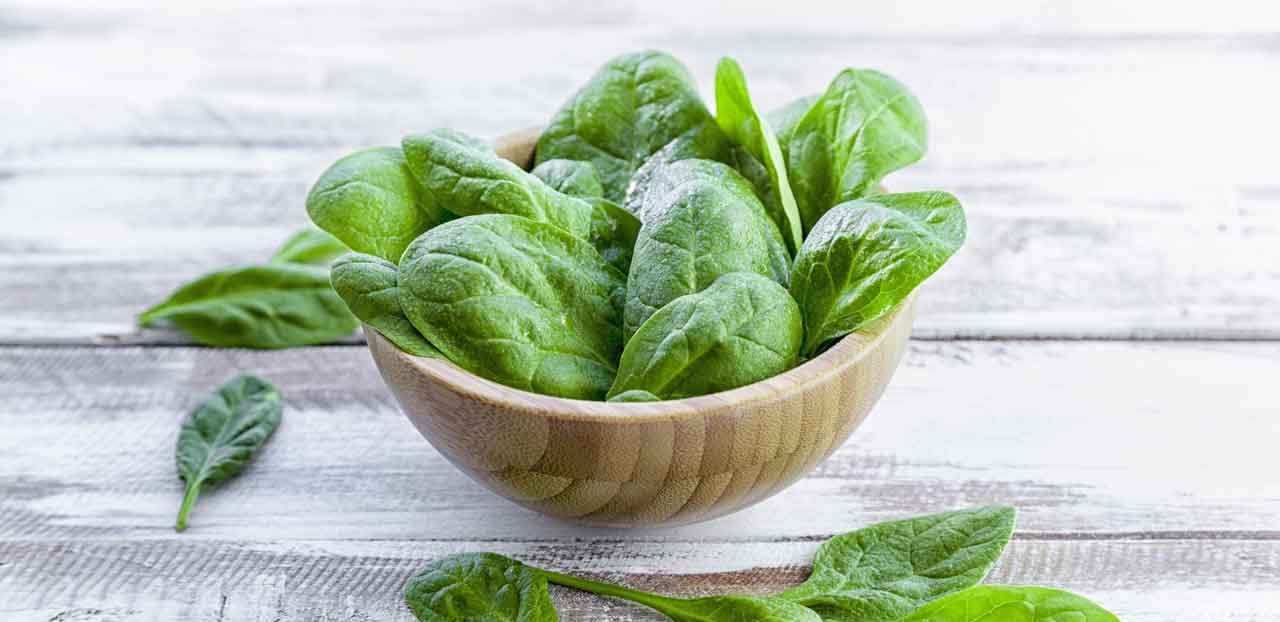Foods High in Iron

Most foods high in iron are good for you, anyway. Go ahead and load up on spinach, lentils, and quinoa, especially if you are vegetarian or menstruate.
Iron is a mineral with the key function of carrying oxygen throughout your body. You need it to create hemoglobin, part of your red blood cells. Hemoglobin picks up oxygen in your lungs, ultimately distributing it in tissues that include your skin and muscles. It also gathers carbon dioxide and drives that back to your lungs to be exhaled.
You need about 18 mg of iron a day. Your body can get iron only from food, storing it if you have more than you need. You also use it up and become deficient if you don’t eat enough foods that contain iron.
YOU MIGHT ALSO LIKE: High Carb Foods to Avoid
A tell-tale sign of anemia, an iron deficiency, is fatigue. Other signs include pale skin and fingernails, weakness, dizziness, and headaches. You may be at risk if you menstruate heavily, since you lose iron in your blood. The risk increases if you also don’t eat meat or shellfish, two top sources of iron in the Western diet.
Pregnant women need more iron to pump oxygen to their baby. Young children can become iron-deficient, as can teenage girls who are growing quickly and go on fad diets.
You can take iron supplements or change your diet to favor foods high in iron. Vitamin C boosts iron absorption, so be sure to get enough of that, too.
Check this list to see the iron content in common foods.
Here are foods that are high in iron.
Shellfish
Even if you don’t eat meat, you might decide to include shellfish in your diet, since it contains heme iron, which is more easily absorbed than the iron in plants. Clams, oysters and mussels are good sources.
Although shellfish may contain mercury, it has many benefits that outweigh the risk as long as you don’t overdo it.
Spinach
Don’t assume kale is healthier than spinach; try to eat both. Spinach contains more iron. Consuming spinach with a fat like olive oil will help your body absorb its valuable antioxidants.
Legumes
The legume family includes beans, lentils, chickpeas, peas, and soybeans — all foods high in iron. Try humus and falafel (chickpeas) during the warmer months and lentil or pea soup when it’s cold out.
Some people find that legumes make them gassy. On the other hand, soluble fiber can be good for constipation, and legumes are helpful for people at risk for type 2 diabetes and heart disease.
Pumpkin seeds
These iron-rich seeds are also high in magnesium, vitamin K, zinc, and manganese.
Quinoa
You might take advantage of the popularity of quinoa, even if you don’t have a problem with gluten. This grain is higher in protein than other grains and among the foods high in iron and contains folate, magnesium, copper, and manganese. Compared to other grains, it is rich in antioxidants.
Other iron-rich options include:
- Dried fruit (especially apricots, figs, and peaches)
- Curry
- Sesame
- Ginger
- Tofu
- Dark chocolate
- Pistachios and cashews
- Licorice
- Broccoli
- Basil
- Fortified breakfast cereals and whole grain breads
If you want a dose of iron without taking supplements, liver, beef, and turkey are good choices.
Updated:
September 27, 2023
Reviewed By:
Janet O’Dell, RN